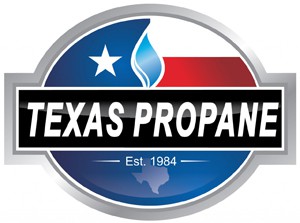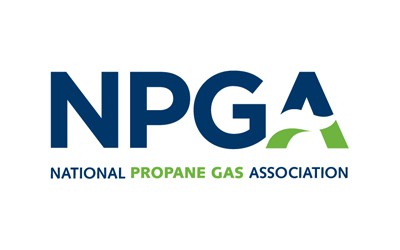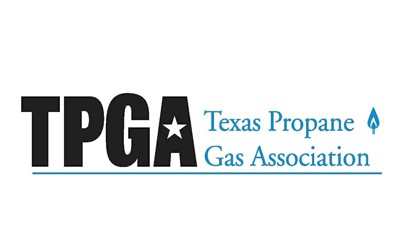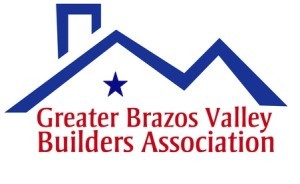Propane Gas Furnaces
About Propane Gas Furnaces
Propane gas furnaces are available in many different models with varying capacities. They can be for your entire home heating or for individual area heating such as a self contained propane wall furnace. Furnaces function by taking air (typically from inside), heating it and returning it to the inside through an air duct system which warms the house or building.
Exhaust ventilation removes product of flue gases from combustion. This is necessary to understand because the products of combustion (flue gases) are extremely high in concentration and can cause property damage. In addition, they can present a health hazard if there’s improper or no installation of ventilation. In fact, furnace manufacturers supply a supplemental exhaust ventilation manual in addition to the furnace information manual.
Unlike the majority of LP Gas space heaters, propane furnaces have complex mechanical parts in addition to the heating elements. These mechanisms function in unison with the propane heat generating equipment to provide adequate warmth when in use. The majority of central propane furnaces incorporate air conditioning and cooling systems in a single shelf unit and are operated with an adjustable thermostat in a remote location, typically on a wall. Gas furnaces utilize either a standing pilot flame or electronic spark for ignition. Most newer model gas furnaces today utilize electronic ignition to light furnace burners.
LP Gas Furnace Installation, Service and Repair
HVAC professionals are the only ones who should handle the installation of any permanently mounted fixed heating system. Professional contractors can properly size and install fixed propane heating systems.
Regulations for the installation and operation of propane furnaces involve code requirements at many levels. Also, HVAC personnel are familiar with these codes as they change, so make sure to consult before installing a gas furnace.
As a consumer, you can do several things to ensure that your gas furnace functions efficiently and safely. The following simple checks are not technical and can keep your furnace and air condition in good working order, as well as keeping your family and home safe:
- Furnace Flame – Propane furnace burner flames need to be blue in color. If orange or yellow flames are visible during operation, the furnace requires adjustment.
- Flammable Vapors – Don’t store any combustible material or liquid that produces flammable vapors near a furnace. Gas furnaces are extremely susceptible to gathering vapors if they are adjacent to a gas furnace.
- Air Filters – Dirty or cloggged air filters can restrict air flow to and through the furnace. We recommend replacing filters monthly or sooner as necessary.
- Return Air Registers – Furniture or curtains can block many return air registers causing the furnace to be in need of air. Without the proper amount of return air, a furnace will have difficulty circulating heated air throughout the building.
Propane Furnace Combustion and Ventilation
LP Gas furnaces need to always draw air for combustion from outside the living area of a structure. It needs to draw from the attic or from the outside of the home. This is solely for safety and for the prevention of Carbon Monoxide poisoning within the living space of a home.
For instance, if the products of combustion do not have proper ventilation to the outside atmosphere through exhaust venting, the backup of the flue gases could potentially enter the living area if air from the living area is being used to supply air for combustion. Conversely, if combustion supply air draws into the propane furnace from the outside, a flue gas backup will be routed back to the outside as opposed to the living space of a home.
For more information, or to schedule your propane installation or repairs, contact us here at Texas Propane with the link below!







